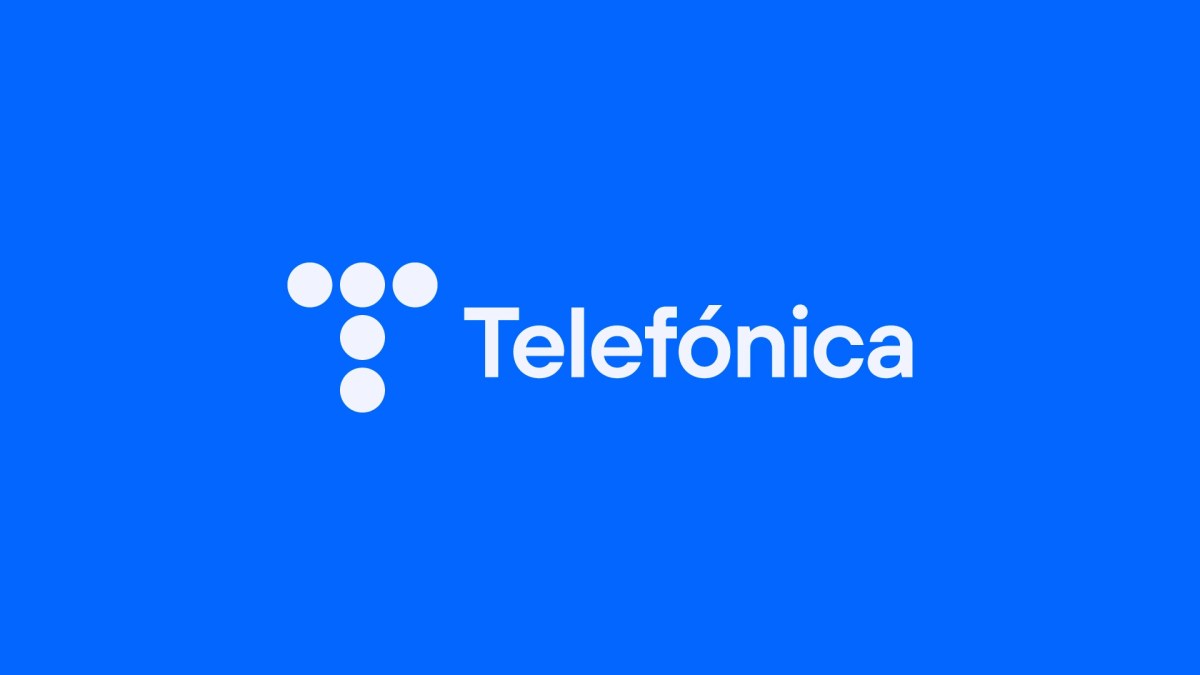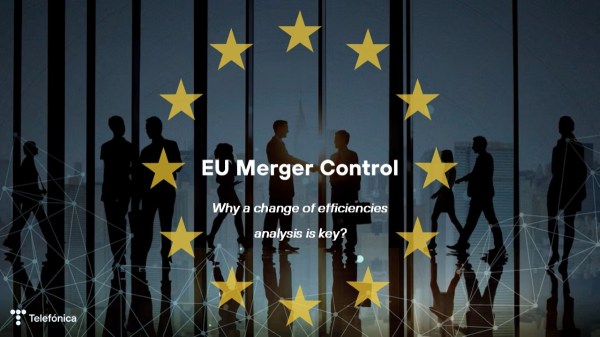Last week, we knew that Vodafone would add a further 2 million homes to those already in its hands after acquiring ONO. This would be done through a partnership with Orange, which is planning to reach 7 million units by 2017. Reacting to this, Jazztel announced it would aim to connect 7 million homes too and would detail the new plan by the end of this year. On its side, Telefonica plans to connect 10 million homes to its own fibre network by year-end, with plans for achieving 18 million by 2016. Not bad for a country with around 20 million potential coverage locations, in the midst of the worst financial crisis of its history!
This is more striking if we take into account that, as late as 2013, neither Vodafone, nor Orange nor Jazztel had deployed a single FTTH access, and they were relying completely on regulated wholesale services for attending their broadband customers. Why this sudden turnaround?
An in-depth report searching for the causes of this recent interest of alternative operators to deploy NGAs in Spain, has been presented at the 25th Europe Regional Meeting of the International Telecommunications Society (ITS), in a meeting which took place in June.
Telefonica contribution to the regulatory debate is that in the absence of NGA regulated access, alternative operators will have to deploy their own network if they want to stay in the market, if there is one operator that is able to market with success products involving NGN access (as FTTH). In those markets with NGA regulation, alternative operators will just base its business model in wholesaling NGA access rather than investing in its own infrastructures
Conclusions of the report are based on a dynamic approach, by which competition is considered a process of discovery, in contrast with the traditional view of competition as an optimal state. According to the dynamic approach, the discovery of customer preferences is what drives entrepreneurs to compete, using prices and profits/losses as signals in their action. Economic regulation, as it distorts the signals used by entrepreneurs to make decisions, may alter the outcome of the discovery process, for example by stifling it or by creating new discovery processes not relevant in the absence of regulation.
The paper focuses on one differential event that happened in Spain in 2013. In that year, Jazztel decided to start deploying FTTH in Spain, and signed an agreement with Telefónica in order to carry out a shared deployment for 3 Million of Households. This had not happened in the previous 15 years since the liberalization of the telecommunications market in 1998. In fact, no ULL-based operator had deployed any access up to that moment (according to CMT data).
The paper links this phenomenon with one other feature of the market in Spain, namely, the lack of a regulated wholesale service for speeds above 30 Mbps on the incumbent network. The causal analysis shows how the success of Telefónica 4-play product Fusión may have led competitors to imitate the product if they wanted to stay in the market. And, having no possibility to imitate by simple replication based on regulation, they were forced, at last, to innovate and invest in new networks.
Besides, due to Jazztel decision, its competitors were forced to accelerate its own fiber deployments in order to avoid being left behind in the BB competition. As a consequence, nowadays the Spanish scenario is one of the most dynamic markets from an infrastructure competition point of view in the whole European Union.
Although the report is mainly focused on the Spanish market evolution and the economic rationale supporting this evolution, the review of other European markets such as the German or the French one, confirmed the conclusion of the study. This is summarized in the following figure:
The TechPolicyBlog of the American Enterprise Institute (AEI), one of the world most prestigious think-tanks dealing with telco policy and regulation, has echoed this paper in a recent post. You can see it here.
You can read the full paper here.










